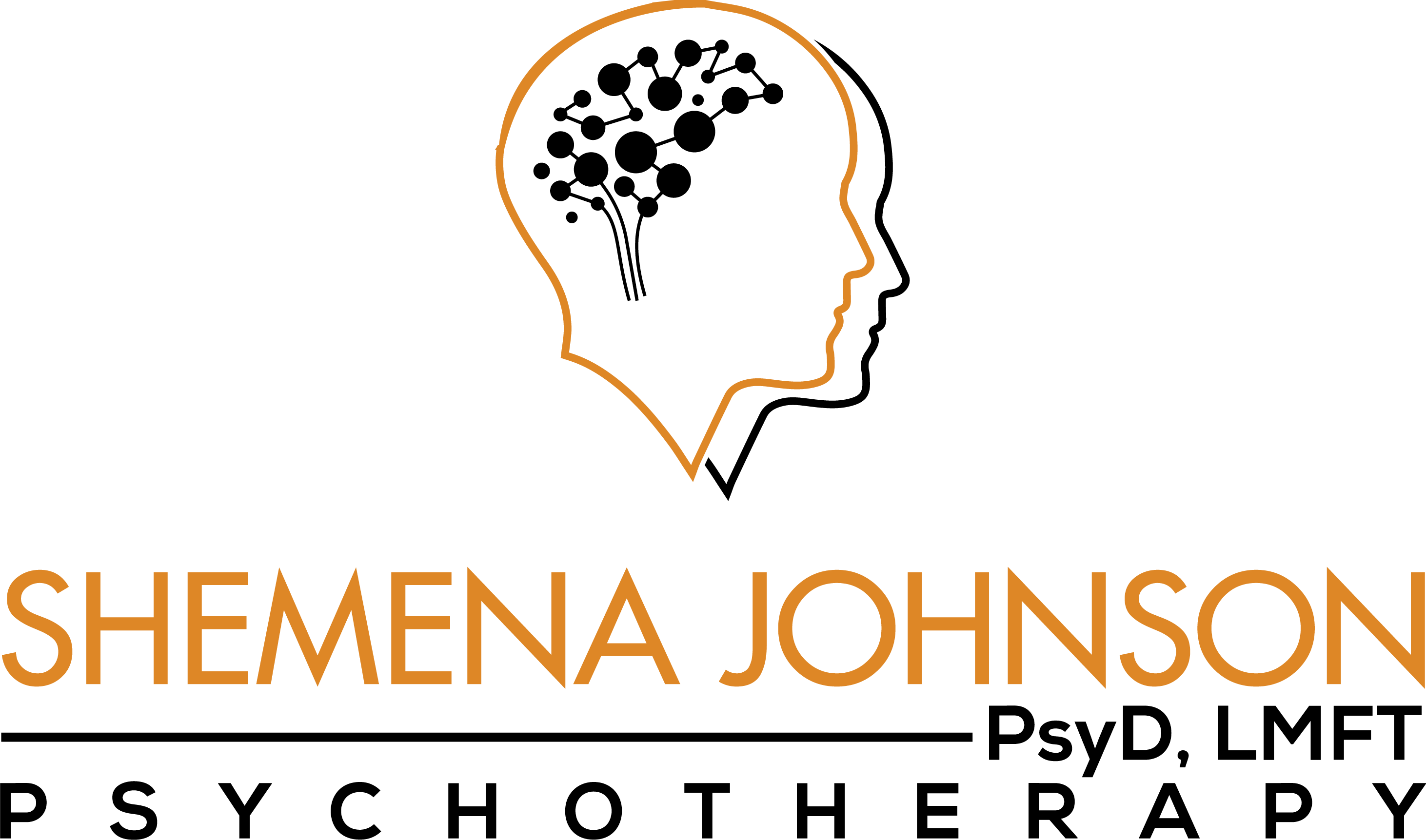Many of you have heard of the term “eating disorder,” which is not to be confused with “disordered eating.” Eating disorder is the term used to describe a narrow criteria in the DSM-V related to anorexia or bulimia. Disordered eating describes the varied eating behaviors that individuals use that do not warrant a diagnosis. The main differentiating factor is the frequency and severity of the behaviors.
Some of my clients experience issues with food along with other emotional factors. I discuss this issue because it sheds light on a larger issue: how we may cope with unbearable emotions and feelings by trying to get rid of them.
When I began working with clients experiencing issues surrounding food, I had little experience with eating disorders or disordered eating. I understood that there might be a connection between a history of abuse or trauma, as well as low self-esteem and perfectionism that likely played a role. What I am constantly struck by is how little these individuals can tolerate emotions and feelings. A pattern always began to emerge: whenever an experience threatened to stir up emotion, both pleasurable feelings just as well as anxious or painful ones, the powerful urge to overeat or under-eat would arise. With those clients that binge eat, an enormous feeling of relief or disgust would follow. I came to understand that they wanted to feel “full” due to feeling empty inside. With those individuals that purge, in a literal sense, it was a process of emotional evacuation. By throwing up, you will have gotten rid of the unbearable emotions and feelings along with the food eaten.
This way of coping with difficult emotions becomes a temporary solution because the feelings usually came back. Evacuating feelings helps to avoid or remove the cause of feelings. When those feelings come back, the cycle begins again. There are many other ways to avoid or evacuate unwanted emotions and feelings; I believe it’s something we all do at one time or another.
You might have a hard time identifying with these methods, but you may use eating in related ways. Many people turn to food as comfort, of course, trying to satisfy an emotional need by physical means. Others use food as a sort of numbing agent. A personal example. Earlier when I first started my psychotherapy practice, it was overwhelming dealing with the emotional demands, all I wanted at the end of the day, was to watch repeated episodes of “Law & Order: SVU.” Nothing stimulating, just the comfortable routine, with characters who never surprised me. Sound familiar?
How does your own routine serve to limit the kinds of emotions and feelings you have? Sometimes repetitive ways of doing things allow us to know what we’ll feel in advance. You’d think, given the shortness of life and the wealth of possible experiences, we humans would constantly be searching for new sources of stimulation and excitement. It’s surprising how many of us prefer the comfort of routine and the set of knowable emotions and feelings that come up in our ordinary day.







